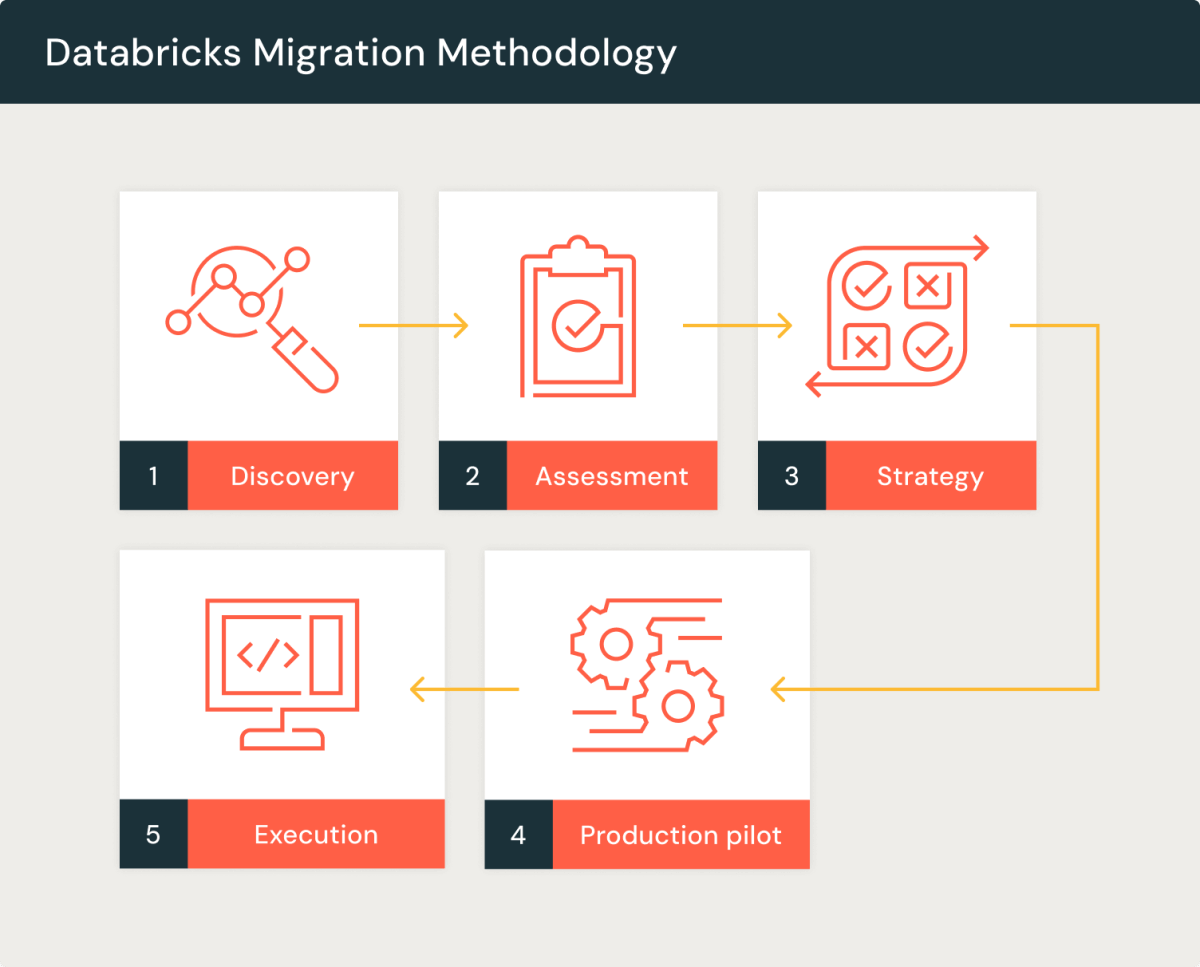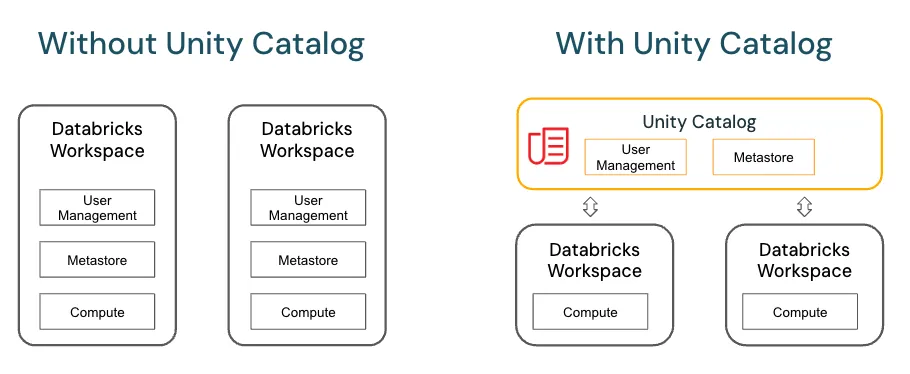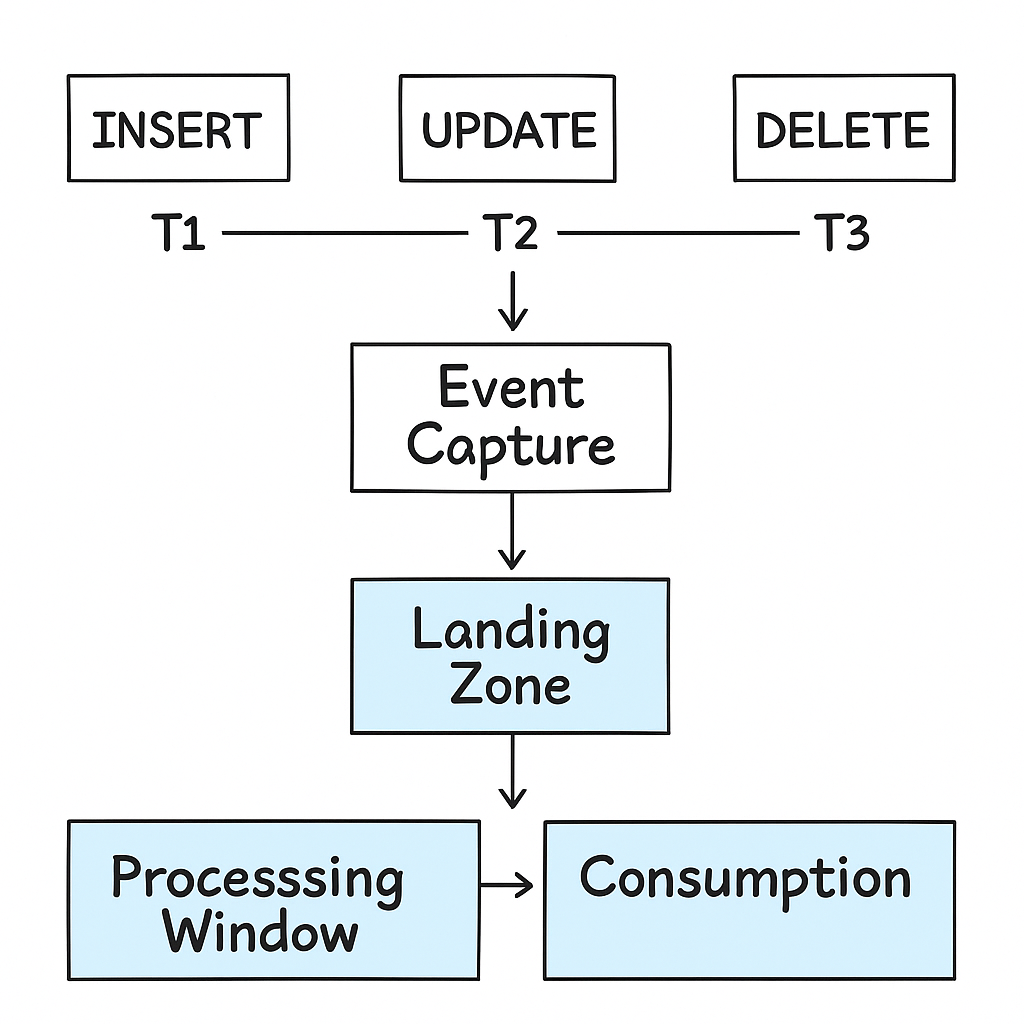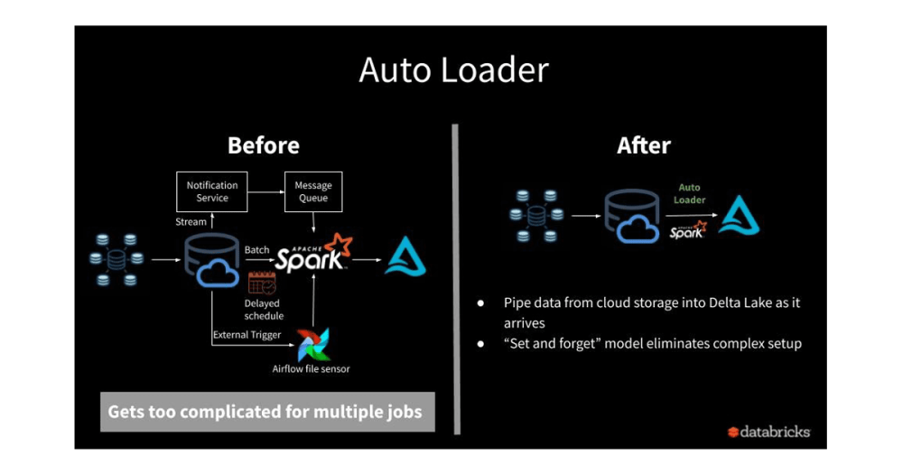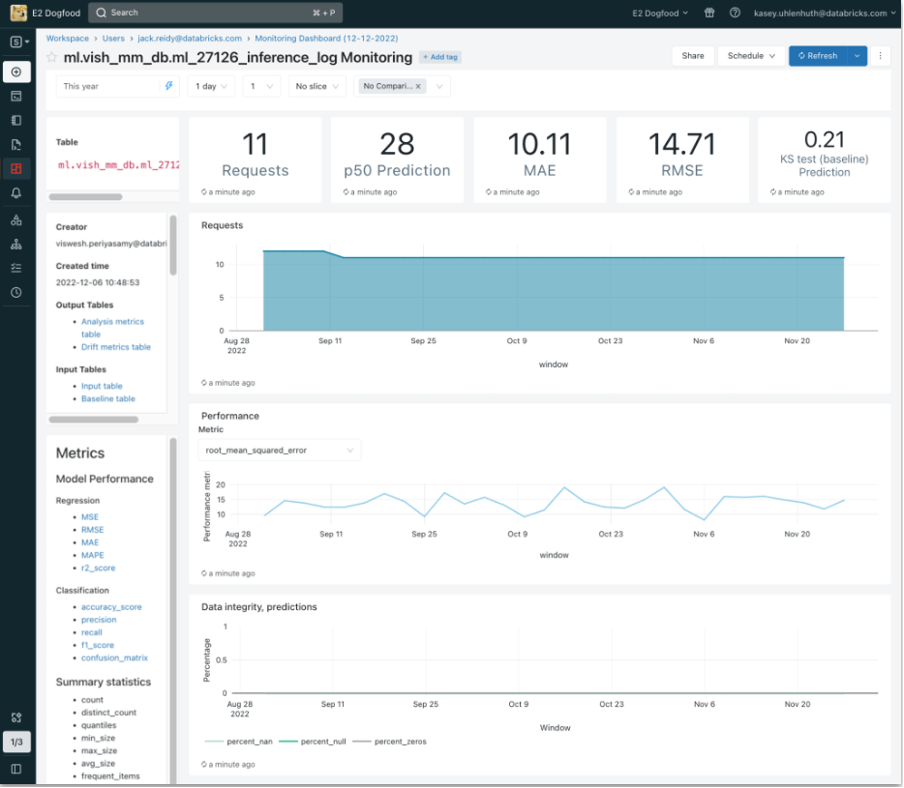
Since the publication of the Microsoft/Keystone “Data & Analytics Maturity Model & Business Impact” white paper, the data landscape has evolved significantly. While the original model provided a strong foundation for assessing data platform maturity, today's organizations face new expectations and technologies — from unified architectures and ML platforms to AI-driven data interaction and domain-driven design.
To reflect this evolution, we have updated and restructured the technology areas used in the assessment to better align with modern architectures, use cases, and platform principles.
These updates aim to:
- Acknowledge the convergence of data warehouse and data lake technologies into unified lakehouse platforms.
- Incorporate Generative AI (GenAI) and conversational analytics as core components of business intelligence.
- Reflect the growing need for machine learning operationalization (MLOps) beyond traditional statistical analysis.
- Combine governance, domain ownership, and workflow orchestration under a more cohesive umbrella.
- Recognize the standardization and commoditization of operational databases in most enterprise environments.
The Six Modern Technology Domains
1. Operational Databases
While still foundational, operational databases are now often embedded in third-party applications or standardized platforms. This area covers transactional systems relevant to internal products or custom applications but is given lower weight in scoring due to limited differentiation value in most organizations.
2. Enterprise Lakehouse
A unified platform that combines capabilities traditionally split between enterprise data warehouses (structured data) and data lakes (unstructured/semi-structured data). It supports both SQL analytics and machine learning, provides a central source of truth, and enables scalable, cost-efficient storage and compute. This area assesses architecture, freshness, query performance, and data integration.
3. Cloud Infrastructure & Platform Ops
Focuses on the technical foundation that enables platform scalability, reliability, and automation. This includes cloud provisioning, infrastructure-as-code, monitoring, cost controls, and deployment pipelines. It also considers how easily environments can be managed and extended by the data engineering team.
4. BI & Data Interaction (incl. GenAI)
Covers the tools and methods that business users rely on to access and interact with data. This includes traditional dashboards, self-service BI, and the growing use of natural language interfaces, AI copilots, and GenAI-powered assistants that lower the barrier to insight. This area evaluates reach, ease of use, and semantic layer maturity.
5. Advanced Analytics & ML Enablement
Encompasses the systems, workflows, and talent needed to develop, train, and operationalize analytical models. This includes notebooks, data science platforms, ML pipelines, MLOps capabilities, and model monitoring. It evaluates both analytical depth and operational integration — critical for predictive and prescriptive use cases.
6. Data Governance & Orchestration
Combines centralized governance (e.g., access control, lineage, PII compliance) with data product thinking and orchestration principles. It evaluates how well data ownership is defined across domains, how reusable assets are managed, and how workflows are governed across the platform. Metadata management, mesh maturity, and SLA enforcement are key elements.
Updating the Maturity Stages
The original Keystone model categorized organizational maturity into four levels — Reactive, Informative, Predictive, and Transformative — based on how effectively data was used across the enterprise. While this structure provided a useful progression, the data landscape has evolved. Today, organizations operate in environments shaped by GenAI, real-time decisioning, cloud-native platforms, and data product thinking.
To reflect these shifts, we have updated the maturity stages to better align with modern enterprise needs and capabilities. The revised structure puts greater emphasis on:
- Operationalization and automation of analytics
- Governance and domain ownership
- Self-service access and GenAI-driven interaction
- Real-time responsiveness and AI-powered workflows
The Four Modern Maturity Stages
Stage 1: Foundational
Organizations at this stage have fragmented systems, limited documentation, and ad-hoc reporting. Data is often siloed, inaccessible, or outdated. Analytics is primarily backward-looking and built on manual processes.
Key Characteristics:
- Departmental data silos
- No clear ownership or cataloging
- Static dashboards and manual reports
- Low trust in data quality
Stage 2: Operationalized
These organizations have laid the groundwork for scale. They’ve established unified data architecture (e.g., lakehouse), introduced BI standards, and formalized governance. Data products begin to emerge, and self-service is encouraged.
Key Characteristics:
- Central lakehouse or EDW in place
- Documented KPIs and semantic models
- Self-service BI tools available to analysts
- Defined roles, access policies, and SLAs
Stage 3: Intelligent
Analytics becomes predictive and action-oriented. Machine learning and automation are embedded into operations. Teams iterate on models and use data proactively to anticipate business needs.
Key Characteristics:
- ML models in testing or production
- Automated data quality checks and alerting
- Cross-domain orchestration and reuse
- Analysts and data scientists empowered to explore and experiment
Stage 4: Adaptive / Innovative
At this stage, data is central to how the organization runs and innovates. GenAI tools make data accessible to all employees, and governance is federated yet standardized. Teams respond to signals in real-time and continuously improve based on feedback loops.
Key Characteristics:
- GenAI and NLQ tools embedded in workflows
- Live data powering decisioning and automation
- Data products with clear ownership across domains
- Continuous monitoring and optimization of ML models
- Culture of data-driven innovation




